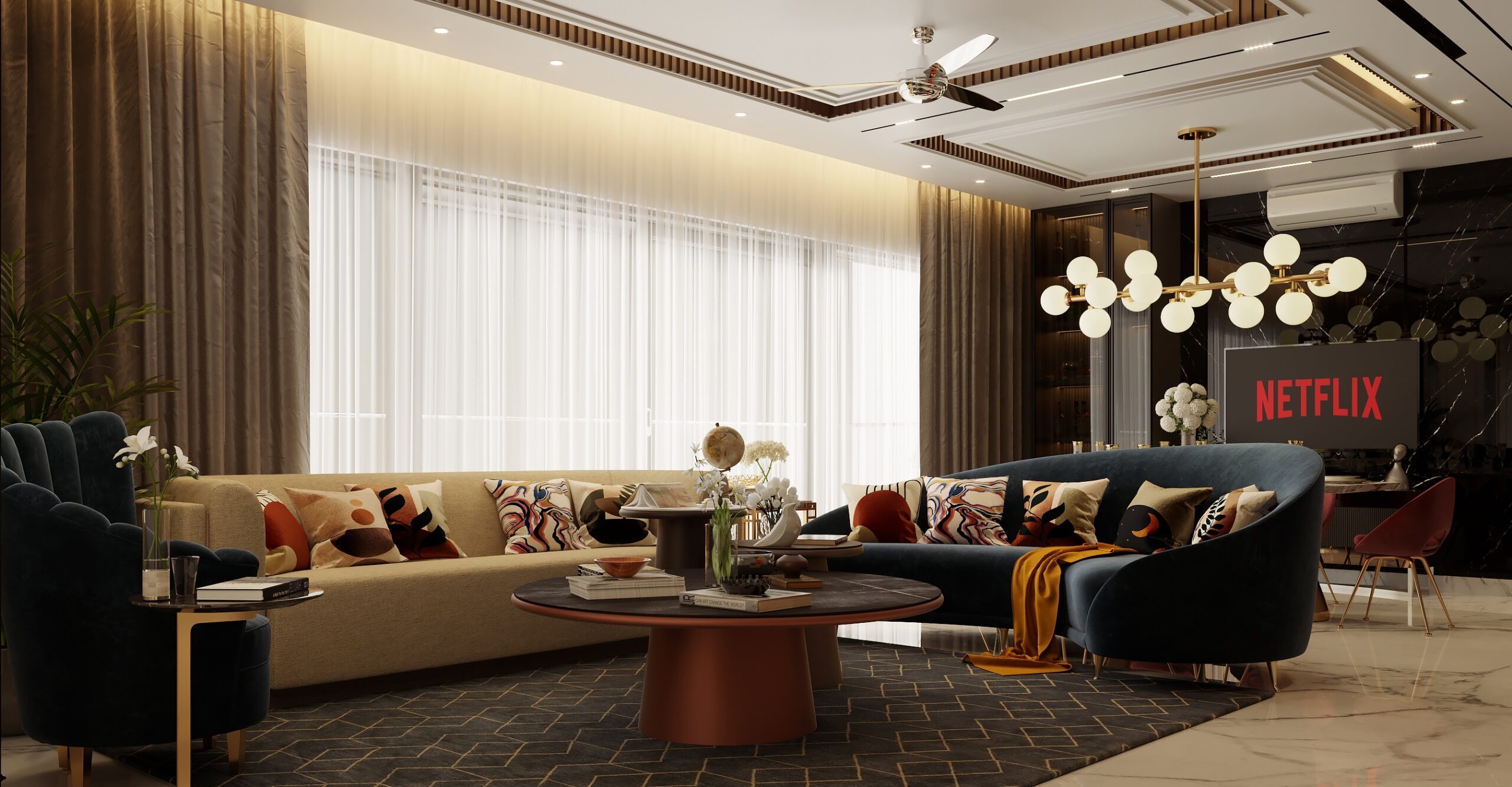
Unlocking the Secrets of Flooring: Expert Tips for Choosing the Ideal Floors in Every Room
Planning an interior design project can be both exciting and overwhelming for homeowners. With numerous decisions to make, one crucial aspect that often demands careful consideration is choosing the right flooring for each room. The flooring you select sets the foundation for the entire space and can greatly impact the overall aesthetic, functionality, and durability. In this blog post, we will explore essential factors to consider when choosing flooring for different rooms. By understanding these key elements, you can effectively guide homeowners through the maze of choices and help them make informed decisions to create stunning and functional spaces.
- Determine the Room’s Purpose:
Before delving into flooring options, it is crucial to understand the purpose and function of each room. For high-traffic areas like the entryway, kitchen, or living room, homeowners should opt for durable and low-maintenance flooring. In contrast, bedrooms or study areas can prioritize comfort and warmth, allowing for softer materials like carpet or hardwood.
- Consider Lifestyle and Maintenance:
Homeowners’ lifestyle plays a significant role in flooring selection. Families with children or pets may require flooring that is resistant to spills, stains, and scratches. In such cases, materials like laminate, luxury vinyl, or tile prove to be excellent choices. Conversely, individuals with a more refined or minimalist taste might prefer the elegance and sophistication of hardwood or natural stone floors.
- Evaluate Durability and Longevity:
The durability and longevity of flooring materials are essential considerations. Different rooms experience varying levels of foot traffic, so it’s crucial to choose the flooring that can withstand daily wear and tear. For instance, porcelain or ceramic tiles are highly durable and suitable for areas prone to moisture, such as bathrooms and kitchens. Hardwood, on the other hand, adds timeless beauty to living rooms and bedrooms, though it may require regular maintenance to preserve its appearance.
- Assess Aesthetic Appeal:
Flooring significantly contributes to a room’s aesthetic appeal. It sets the tone and serves as a canvas for other design elements. When selecting flooring, consider the color, pattern, and texture that best complement the room’s overall design. Light-colored floors create an illusion of space, while darker tones exude a sense of coziness and sophistication. Striking a balance between personal preference, architectural style, and the room’s purpose is essential to achieve a harmonious design.
- Analyze Flooring Materials:
Different materials offer distinct advantages and disadvantages. Here’s a breakdown of popular flooring options for specific rooms:
- Living Areas: Hardwood flooring provides warmth, beauty, and durability. However, engineered wood or laminate flooring can offer cost-effective alternatives that mimic the look of natural wood.
- Kitchen and Bathrooms: Porcelain or ceramic tiles are ideal due to their water resistance, easy maintenance, and wide range of design options. Luxury vinyl flooring is another resilient choice, offering durability and comfort underfoot.
- Bedrooms: The carpet provides a soft and cozy ambiance, reducing noise levels and adding warmth. Homeowners can choose from various styles, colors, and textures to match their bedroom decor.
- Basements: Due to potential moisture issues, basement flooring requires materials that can withstand damp environments. Options include engineered wood, vinyl plank flooring, or concrete with area rugs.
As an interior design expert, guiding homeowners through the flooring selection process is an opportunity to showcase your expertise. By considering factors such as the room’s purpose, lifestyle, durability, aesthetic appeal, and specific material characteristics, you can help homeowners make well-informed decisions. By providing valuable insights and recommendations, you can ensure that each room receives the perfect flooring choice, resulting in a visually appealing, functional, and long-lasting interior design project.


